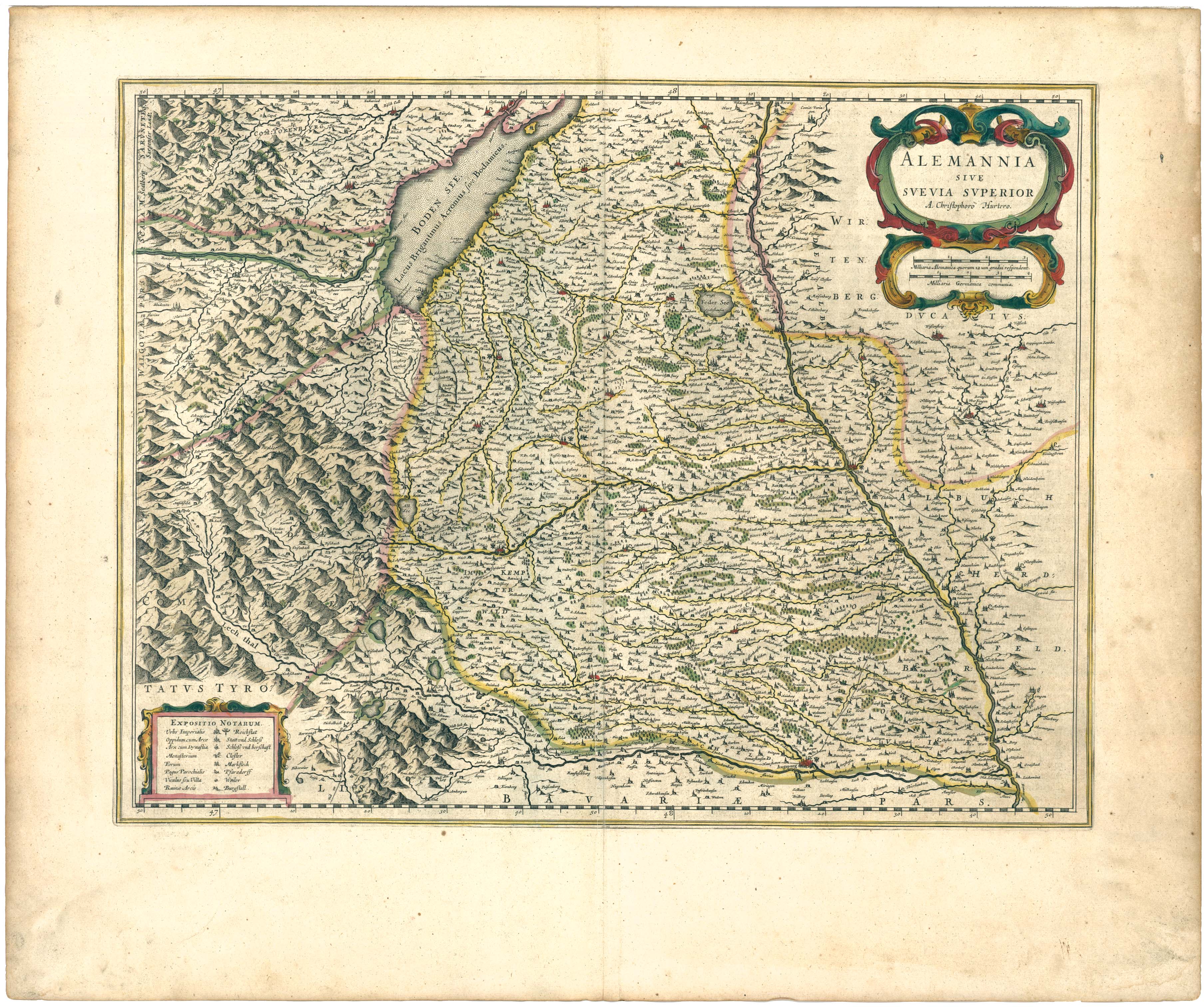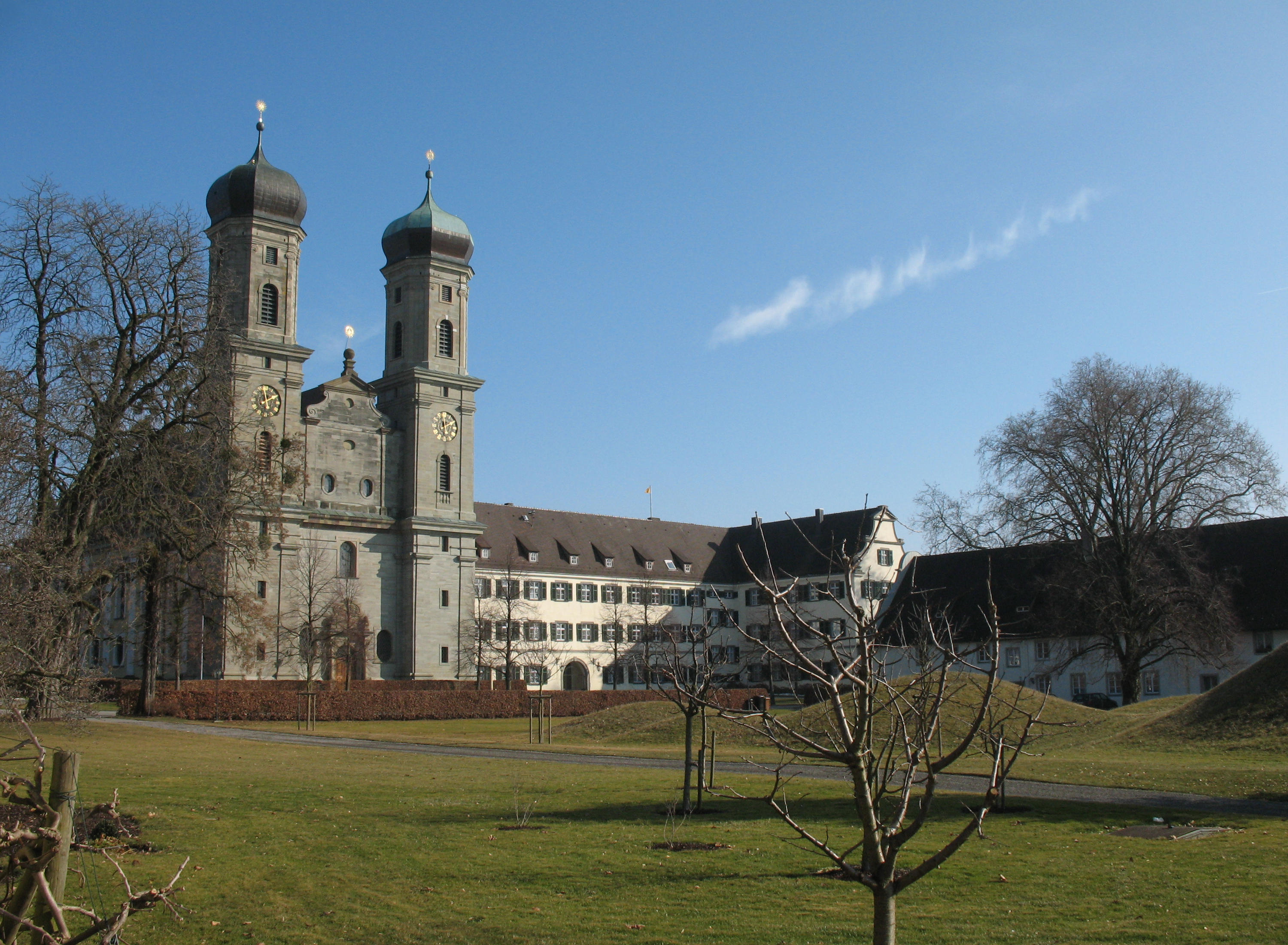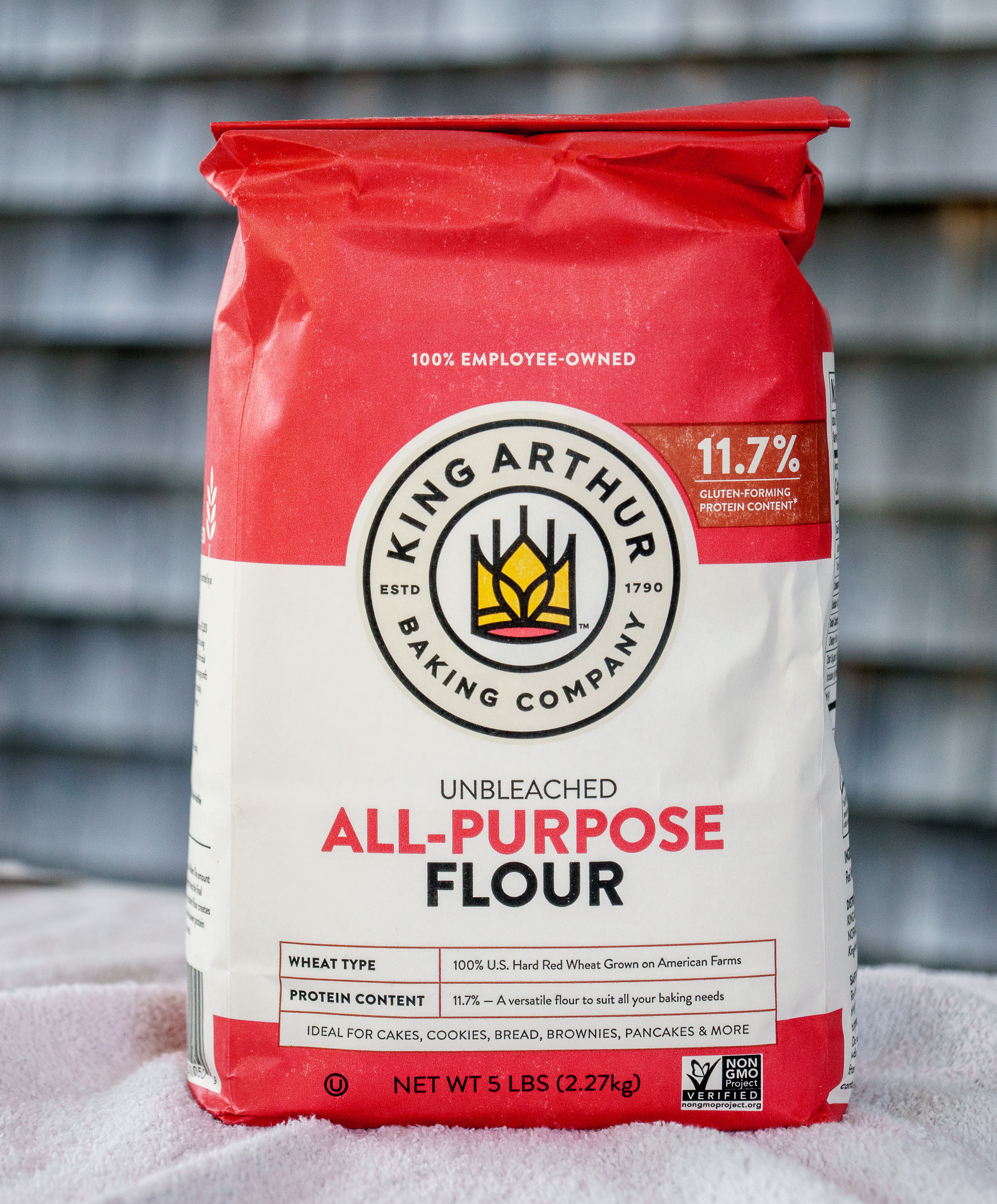|
Ravensburg
Ravensburg ( Swabian: ''Raveschburg'') is a city in Upper Swabia in Southern Germany, capital of the district of Ravensburg, Baden-Württemberg. Ravensburg was first mentioned in 1088. In the Middle Ages, it was an Imperial Free City and an important trading centre. The "Great Ravensburg Trading Society" (''Große Ravensburger Handelsgesellschaft'') owned shops and trading companies all over Europe. The historic city centre is still very much intact, including three city gates and over 10 towers of the medieval fortification. "The all-white Mehlsack (Flour sack) is a tower marking the Altstadt’s southern edge. A steep staircase leads up to the Veitsburg, a quaint baroque castle." History Ravensburg was first mentioned in writing in 1088. It was founded by the Welfs, a Frankish dynasty in Swabia who became later Dukes of Bavaria and Saxony and who made the castle of Ravensburg their ancestral seat. By a contract of inheritance, in 1191 the Hohenstaufen Frederick Barbarossa a ... [...More Info...] [...Related Items...] OR: [Wikipedia] [Google] [Baidu] |
Ravensburg (district)
Ravensburg is a ''Landkreis'' (district) in the southeast of Baden-Württemberg, Germany. Neighboring districts are (from southwest clockwise) Bodensee, Sigmaringen and Biberach, the Bavarian urban district Memmingen and the districts Unterallgäu, Oberallgäu and Lindau. History The district dates back to the ''Oberamt Ravensburg'', which was created in 1810 when the previously free imperial city Ravensburg and the surrounding area became part of Württemberg. In 1938 the Oberamt was converted into a district and most of the ''Oberamt Waldsee'' was merged into the new district. In 1973 the district Wangen was merged into the district, together with a few municipalities from the district Saulgau, Überlingen and Biberach. The district is also home to the toymaker Ravensburger. Geography The landscape of the district consists of the ''Oberschwäbischen Hügelland'' and ''Westallgäuer Hügelland'' hils. Coat of arms The coat of arms show a Lion, the symbol of the Welfen family. ... [...More Info...] [...Related Items...] OR: [Wikipedia] [Google] [Baidu] |
Upper Swabia
Upper Swabia (german: Oberschwaben or ) is a region in Germany in the federal states of Baden-Württemberg and Bavaria.''Brockhaus Enzyklopädie.'' 19. Auflage. Band 16, 1991, p. 72. The name refers to the area between the Swabian Jura, Lake Constance and the Lech. Its counterpart is Lower Swabia (''Niederschwaben''), the region around Heilbronn. Geography The region of Upper Swabia is situated in the central south of Germany consisting of the south-east of Baden-Württemberg and the south-west bavarian Swabia region and lies on the Iller-Lech Plateau, also known as the Upper Swabian Plain, one of the natural regions of Germany. The landscape of Upper Swabia was formed by retreating glaciers after the Riss glaciation, leaving behind a large number of shallows which quickly filled up with water. This led to the large quantity of lakes in Upper Swabia. The landscape of Upper Swabia is quite hilly rising from approximately 458 metres above sea level in the va ... [...More Info...] [...Related Items...] OR: [Wikipedia] [Google] [Baidu] |
Friedrichshafen
Friedrichshafen ( or ; Low Alemannic: ''Hafe'' or ''Fridrichshafe'') is a city on the northern shoreline of Lake Constance (the ''Bodensee'') in Southern Germany, near the borders of both Switzerland and Austria. It is the district capital (''Kreisstadt'') of the Bodensee district in the federal state of Baden-Württemberg. Friedrichshafen has a population of about 58,000. History 19th and early 20th century Friedrichshafen was established in 1811 as part of the new Kingdom of Württemberg, an ally of France during the Napoleonic Wars. It was named for King Frederick I of Württemberg, who privileged it as a free port and transshipment point for the kingdom's Swiss trade. Friedrichshafen was created from the former city of Buchhorn, whose coat of arms it adopted. The new city also incorporated the former village of Hofen, whose monastery was refurbished to serve as the summer residence of the Württemberger kings. King William I continued improving the city, including the ... [...More Info...] [...Related Items...] OR: [Wikipedia] [Google] [Baidu] |
Baden-Württemberg
Baden-Württemberg (; ), commonly shortened to BW or BaWü, is a German state () in Southwest Germany, east of the Rhine, which forms the southern part of Germany's western border with France. With more than 11.07 million inhabitants across a total area of nearly , it is the third-largest German state by both area (behind Bavaria and Lower Saxony) and population (behind North Rhine-Westphalia and Bavaria). As a federated state, Baden-Württemberg is a partly-sovereign parliamentary republic. The largest city in Baden-Württemberg is the state capital of Stuttgart, followed by Mannheim and Karlsruhe. Other major cities are Freiburg im Breisgau, Heidelberg, Heilbronn, Pforzheim, Reutlingen, Tübingen, and Ulm. What is now Baden-Württemberg was formerly the historical territories of Baden, Prussian Hohenzollern, and Württemberg. Baden-Württemberg became a state of West Germany in April 1952 by the merger of Württemberg-Baden, South Baden, and Württemberg-Hohe ... [...More Info...] [...Related Items...] OR: [Wikipedia] [Google] [Baidu] |
Henry The Lion
Henry the Lion (german: Heinrich der Löwe; 1129/1131 – 6 August 1195) was a member of the Welf dynasty who ruled as the duke of Saxony and Bavaria from 1142 and 1156, respectively, until 1180. Henry was one of the most powerful German princes of his time, until the rival Hohenstaufen dynasty succeeded in isolating him and eventually deprived him of his duchies of Bavaria and Saxony during the reign of Emperor Frederick Barbarossa and of Frederick's son and successor Henry VI. At the height of his reign, Henry ruled over a vast territory stretching from the coast of the North and Baltic Seas to the Alps, and from Westphalia to Pomerania. Henry achieved this great power in part by his political and military acumen and in part through the legacies of his four grandparents. Family background Born in Ravensburg, in 1129 or 1131, he was the son of Henry the Proud, duke of Bavaria and Saxony, who was the heir of the Billungs, former dukes of Saxony. Henry's mother w ... [...More Info...] [...Related Items...] OR: [Wikipedia] [Google] [Baidu] |
Imperial Free City
In the Holy Roman Empire, the collective term free and imperial cities (german: Freie und Reichsstädte), briefly worded free imperial city (', la, urbs imperialis libera), was used from the fifteenth century to denote a self-ruling city that had a certain amount of autonomy and was represented in the Imperial Diet. An imperial city held the status of Imperial immediacy, and as such, was subordinate only to the Holy Roman Emperor, as opposed to a territorial city or town (') which was subordinate to a territorial princebe it an ecclesiastical lord ( prince-bishop, prince-abbot) or a secular prince (duke ('), margrave, count ('), etc.). Origin The evolution of some German cities into self-ruling constitutional entities of the Empire was slower than that of the secular and ecclesiastical princes. In the course of the 13th and 14th centuries, some cities were promoted by the emperor to the status of Imperial Cities ('; '), essentially for fiscal reasons. Those cities, which had ... [...More Info...] [...Related Items...] OR: [Wikipedia] [Google] [Baidu] |
Kingdom Of Württemberg
The Kingdom of Württemberg (german: Königreich Württemberg ) was a German state that existed from 1805 to 1918, located within the area that is now Baden-Württemberg. The kingdom was a continuation of the Duchy of Württemberg, which existed from 1495 to 1805. Prior to 1495, Württemberg was a county in the former Duchy of Swabia, which had dissolved after the death of Duke Conradin in 1268. The borders of the Kingdom of Württemberg, as defined in 1813, lay between 47°34' and 49°35' north and 8°15' and 10°30' east. The greatest distance north to south comprised and the greatest east to west was . The border had a total length of and the total area of the state was . The kingdom had borders with Bavaria on the east and south, with Baden in the north, west, and south. The southern part surrounded the Prussian province of Hohenzollern on most of its sides and touched on Lake Constance. History Frederick I Frederick II, the Duke of Württemberg (1754–1816; elevate ... [...More Info...] [...Related Items...] OR: [Wikipedia] [Google] [Baidu] |
German Mediatisation
German mediatisation (; german: deutsche Mediatisierung) was the major territorial restructuring that took place between 1802 and 1814 in Germany and the surrounding region by means of the mass mediatisation and secularisation of a large number of Imperial Estates. Most ecclesiastical principalities, free imperial cities, secular principalities, and other minor self-ruling entities of the Holy Roman Empire lost their independent status and were absorbed into the remaining states. By the end of the mediatisation process, the number of German states had been reduced from almost 300 to just 39. In the strict sense of the word, mediatisation consists in the subsumption of an immediate () state into another state, thus becoming ''mediate'' (), while generally leaving the dispossessed ruler with his private estates and a number of privileges and feudal rights, such as low justice. For convenience, historians use the term ''mediatisation'' for the entire restructuring process that t ... [...More Info...] [...Related Items...] OR: [Wikipedia] [Google] [Baidu] |
House Of Welf
The House of Welf (also Guelf or Guelph) is a European dynasty that has included many German and British monarchs from the 11th to 20th century and Emperor Ivan VI of Russia in the 18th century. The originally Franconian family from the Meuse-Moselle area was closely related to the imperial family of the Carolingians. Origins The (Younger) House of Welf is the older branch of the House of Este, a dynasty whose earliest known members lived in Veneto and Lombardy in the late 9th/early 10th century, sometimes called Welf-Este. The first member was Welf I, Duke of Bavaria, also known as Welf IV. He inherited the property of the Elder House of Welf when his maternal uncle Welf III, Duke of Carinthia and Verona, the last male Welf of the Elder House, died in 1055. Welf IV was the son of Welf III's sister Kunigunde of Altdorf and her husband Albert Azzo II, Margrave of Milan. In 1070, Welf IV became Duke of Bavaria. Welf II, Duke of Bavaria married Countess Matilda of Tusc ... [...More Info...] [...Related Items...] OR: [Wikipedia] [Google] [Baidu] |
Welf VI
Welf VI (111515 December 1191) was the margrave of Tuscany (1152–1162) and duke of Spoleto (1152–1162), the third son of Henry IX, Duke of Bavaria, and a member of the illustrious family of the Welf. Biography Welf inherited the familial possessions in Swabia, including the counties of Altdorf and Ravensburg, while his eldest brother Henry the Proud received the duchies of Bavaria and Saxony and his elder brother Conrad entered the church. Henry married Welf to Uta, the daughter of Godfrey of Calw, count palatine of the Rhine. On Godfrey's death in 1131, a dispute opened up between Godfrey's nephew Adalbert and Welf over the inheritance of Calw. Welf was an uncle to the Emperor Frederick Barbarossa (Barbarossa's mother, Judith, was Welf's sister). Welf himself was only a decade or less older than his nephew, during whose reign most of Welf's activity occurred. When Conrad III of Germany, Frederick's uncle, confiscated the duchy of Bavaria in 1142, Welf joined his brothe ... [...More Info...] [...Related Items...] OR: [Wikipedia] [Google] [Baidu] |
Flour Sack
A flour sack or flour bag is a bag or sack for flour. Large bulk bags as well as smaller consumer sizes are available. Description A flour sack or flour bag is a bag or sack for flour. Sacks range in size and material. Package types Bulk packaging Flour is often shipped from the miller to bakeries, institutions, and other bulk uses. Sizes range from 10 kg to 100 kg. One traditional construction was cheap cotton bags. These printed cotton bags were sometimes viewed as collectables; other times the flour sack fabric was repurposed into a variety of household items. Current practices are to use multi-wall paper sacks. Some include a layer of plastic film for barrier properties and insect control. Woven polypropylene bags are also used for high strength; at least one variety ( Purdue Improved Crop Storage bags) also includes inner plastic bags. Consumer packaging Consumer packages are often bags or sacks constructed of paper. Plastic films are also used, sometimes wit ... [...More Info...] [...Related Items...] OR: [Wikipedia] [Google] [Baidu] |
Fustian
Fustian is a variety of heavy cloth woven from cotton, chiefly prepared for menswear. It is also used figuratively to refer to pompous, inflated or pretentious writing or speech, from at least the time of Shakespeare. This literary use is because the cloth type was often used as padding, hence, the purposeless words are ''fustian''. History and use Known in Late Latin as ''fustaneum'' or ''fustanum'' and in Medieval Latin as ''pannus fustāneus'' ('fustian cloth') or ''tela fustānea'' ('fustian mesh'), the cloth is possibly named after the Egyptian city of Fustat near Cairo that manufactured such a material. It embraces plain twilled cloth known as jean, and cut fabrics similar to velvet, known as velveteen, moleskin, corduroy ''etc.'' The original medieval fustian was a stout but respectable cloth with a cotton weft and a linen warp. The term seems to have quickly become less precise, and was applied to a coarse cloth made of wool and linen, and in the reign of Ed ... [...More Info...] [...Related Items...] OR: [Wikipedia] [Google] [Baidu] |








